Researchers uncovered a new subtype of hypothalamic neurons, called Crabp1 neurons, that serve as powerful regulators of energy expenditure.
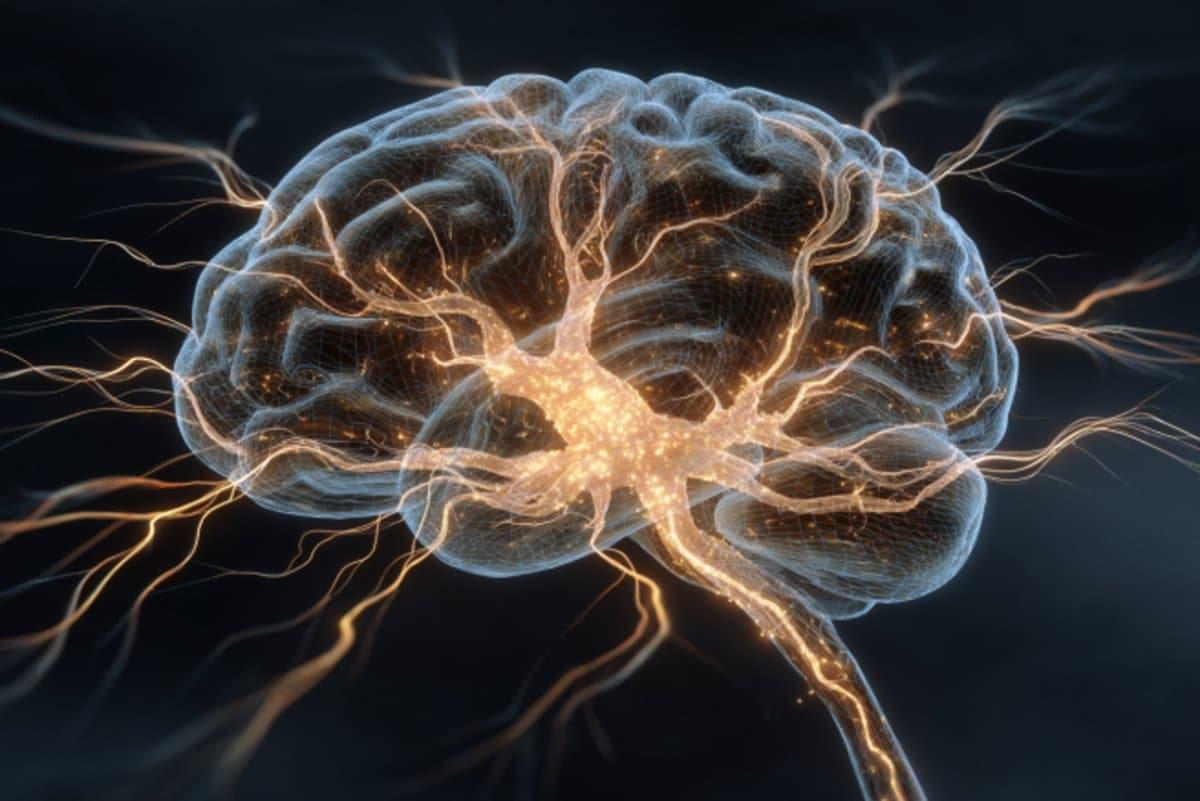

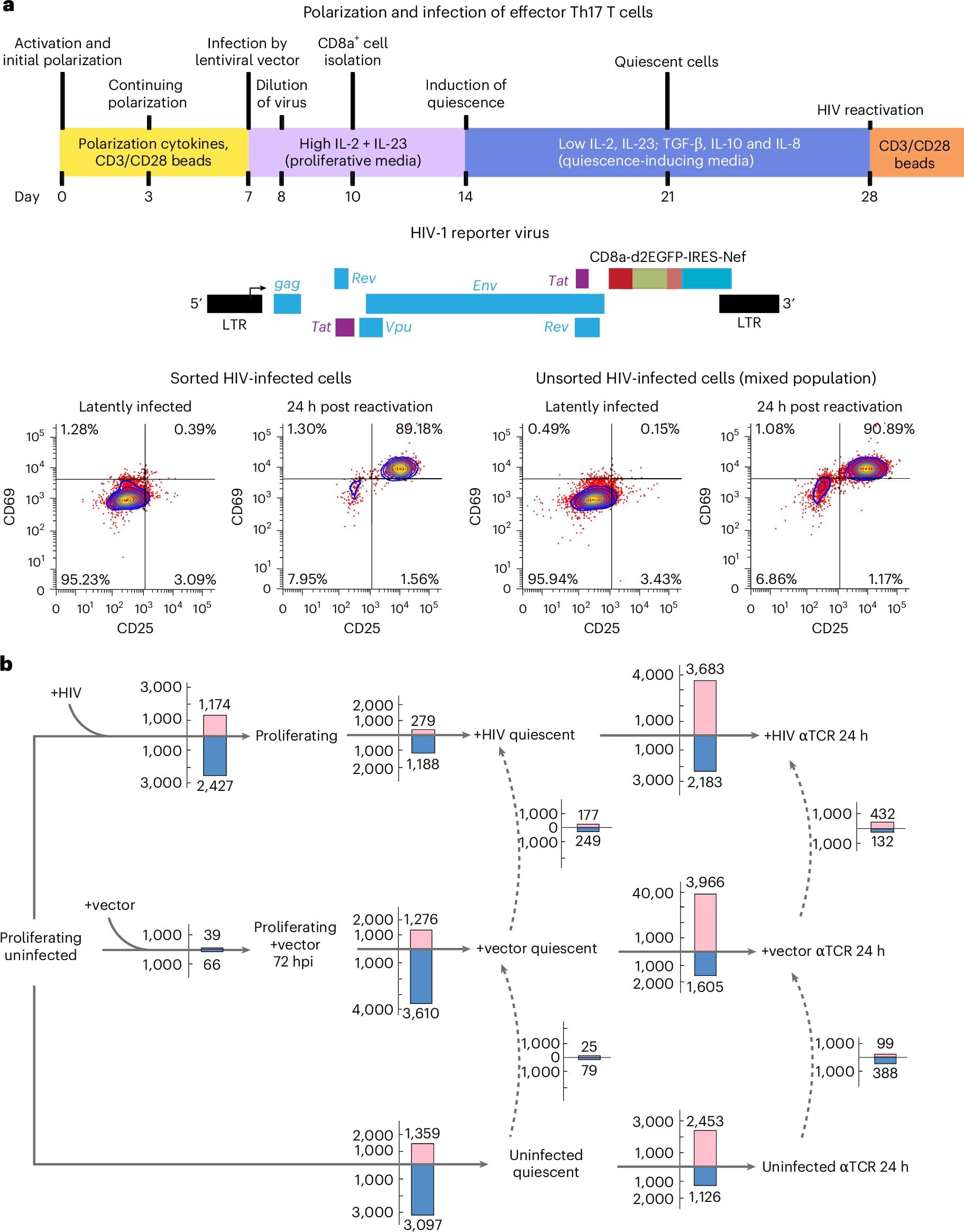
For over three decades, HIV has played an elaborate game of hide-and-seek with researchers, making treating—and possibly even curing—the disease a seemingly insurmountable obstacle to achieve.
But scientists at Case Western Reserve University have made a breakthrough discovery that could fundamentally change strategies for treating HIV.
The team identified for the first time how HIV enters a dormant state in infected cells that allows the virus to “hide” from the immune system and current treatments.
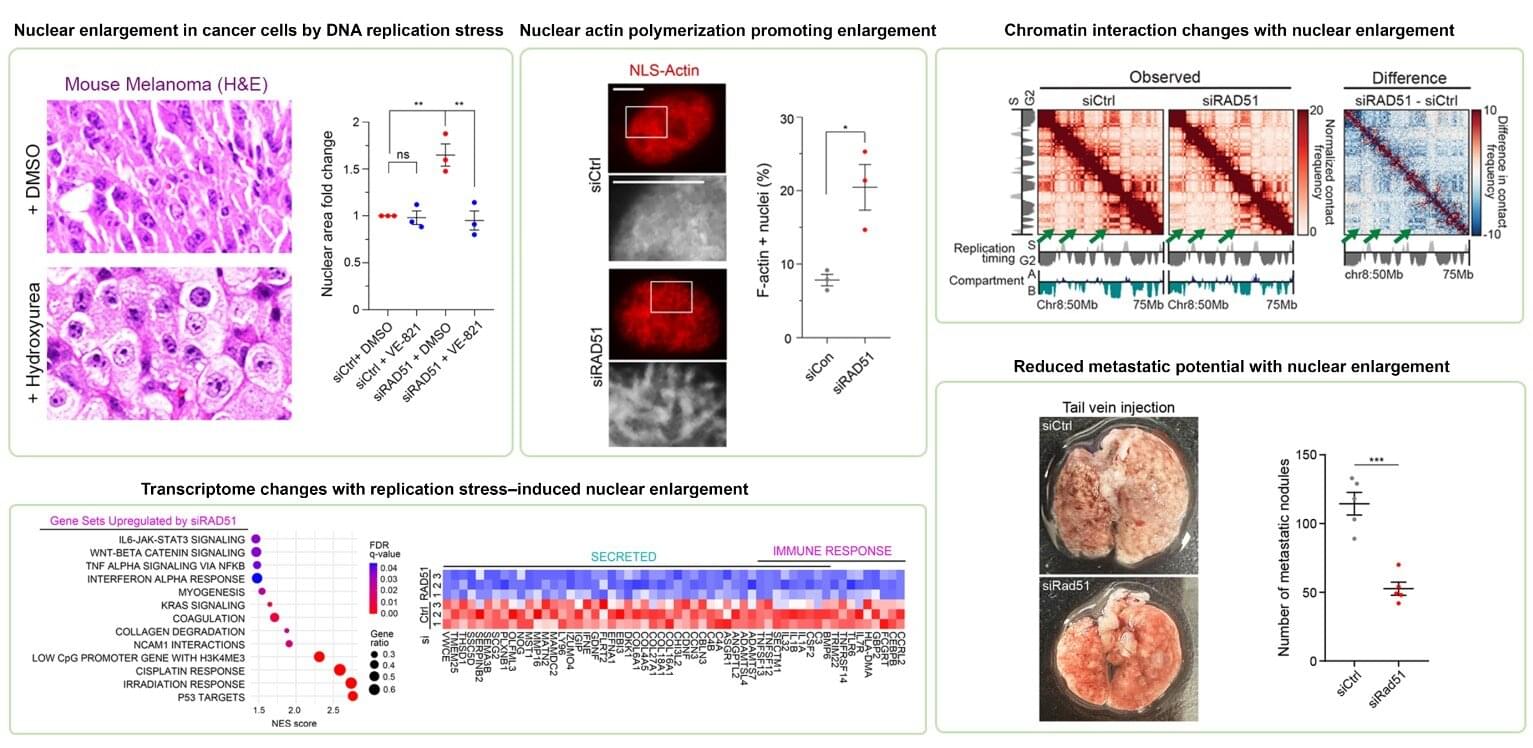
In tissue biopsies, cancer cells are frequently observed to have nuclei (the cell’s genetic information storage) that are larger than normal. Until now, this was considered a sign that the cancer was worsening, but the exact cause and effect had not been elucidated.
In a new study, a KAIST research team has found that cancer cell nuclear hypertrophy is not a cause of malignancy but a temporary response to replication stress, and that it can, in fact, suppress metastasis. This discovery is expected to lead to the development of new diagnostic and therapeutic strategies for cancer and metastasis inhibition.
The research team, led by Professor Joon Kim of the Graduate School of Medical Science and Engineering, in collaboration with the research teams of Professor Ji Hun Kim and Professor You-Me Kim, confirmed that DNA replication stress (the burden and error signal that occurs when a cell copies its DNA), which is common in cancer cells, causes the “actin” protein inside the nucleus to aggregate (polymerize), which is the direct cause of the nuclear enlargement.

51% of Japanese developers use generative AI in game development.
In new research from Tokyo Game Show organizer Computer Entertainment Supplier’s Association (CESA), as reported by The Nikkei, of the 54 Japanese companies polled between June and July 2025, over half used genAI. Primarily, it’s used to assist with generating visual assets, images, and character art, as well as story generation, in-game text, and support with programming.
The 2025 CESA Video Game Industry Report also revealed that 32% of respondents were also using AI to develop in-house development engines.
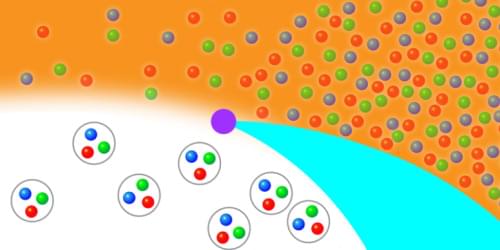
Experiments at the Relativistic Heavy Ion Collider give the first hints of a critical point in the hot quark–gluon “soup” that is thought to have pervaded the infant Universe.
The strongest force of nature—the one holding nuclear matter together—is described by the theory of quantum chromodynamics (QCD). The fundamental particles of QCD are quarks and gluons, which are normally bound within composite particles called hadrons—the most well-known of which are protons and neutrons. Only at extreme temperatures around 1012 K (a million times hotter than the core of the Sun) can quarks and gluons become deconfined, leading to a new phase of matter called the quark–gluon plasma. At vanishing densities, the transition between confined hadrons and the quark–gluon plasma is known to be ill-defined—happening across a wide range of temperatures rather than at a specific temperature. But theory predicts that at large densities and moderately high temperatures, a critical point exists, where the “fuzziness” disappears and a clear distinction can be made between the gas-like hadrons and the liquid-like quark–gluon mix [1–3].
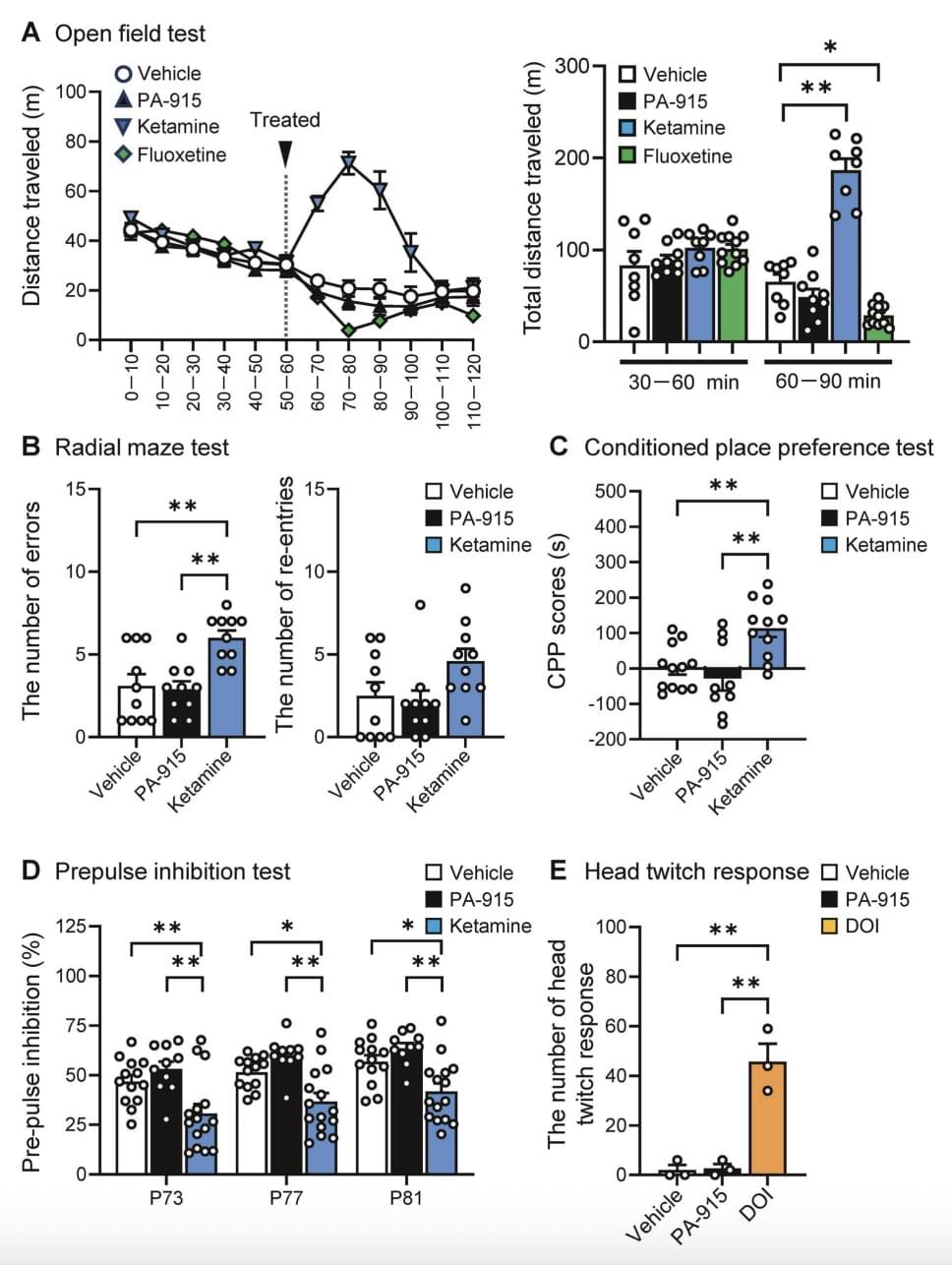
Depression and anxiety disorders are among the most widespread mental health disorders, with estimates suggesting that they affect around 264 million and 284 million people worldwide, respectively. Depression is a mood disorder characterized by persistent sadness and a loss of interest in everyday activities, while anxiety disorders are marked by high levels of nervousness, worry and fear, either in specific situations or generalized.
Today, there are several treatment options for both depression and anxiety disorders, including both pharmacological drugs and specific types of psychotherapy. Yet available therapeutic strategies are not effective for all affected individuals; thus, identifying alternative treatments could be highly advantageous.
Researchers at the University of Osaka, Kobe University School of Medicine, Hamamatsu University School of Medicine and other institutes have recently developed a new molecule called PA-915, which could hold some promise for the treatment of depression, anxiety and stress-related disorders. In a paper published in Molecular Psychiatry, they showed that the molecule suppressed both anxiety-like and depression-like behaviors in mice who were placed under high levels of stress.
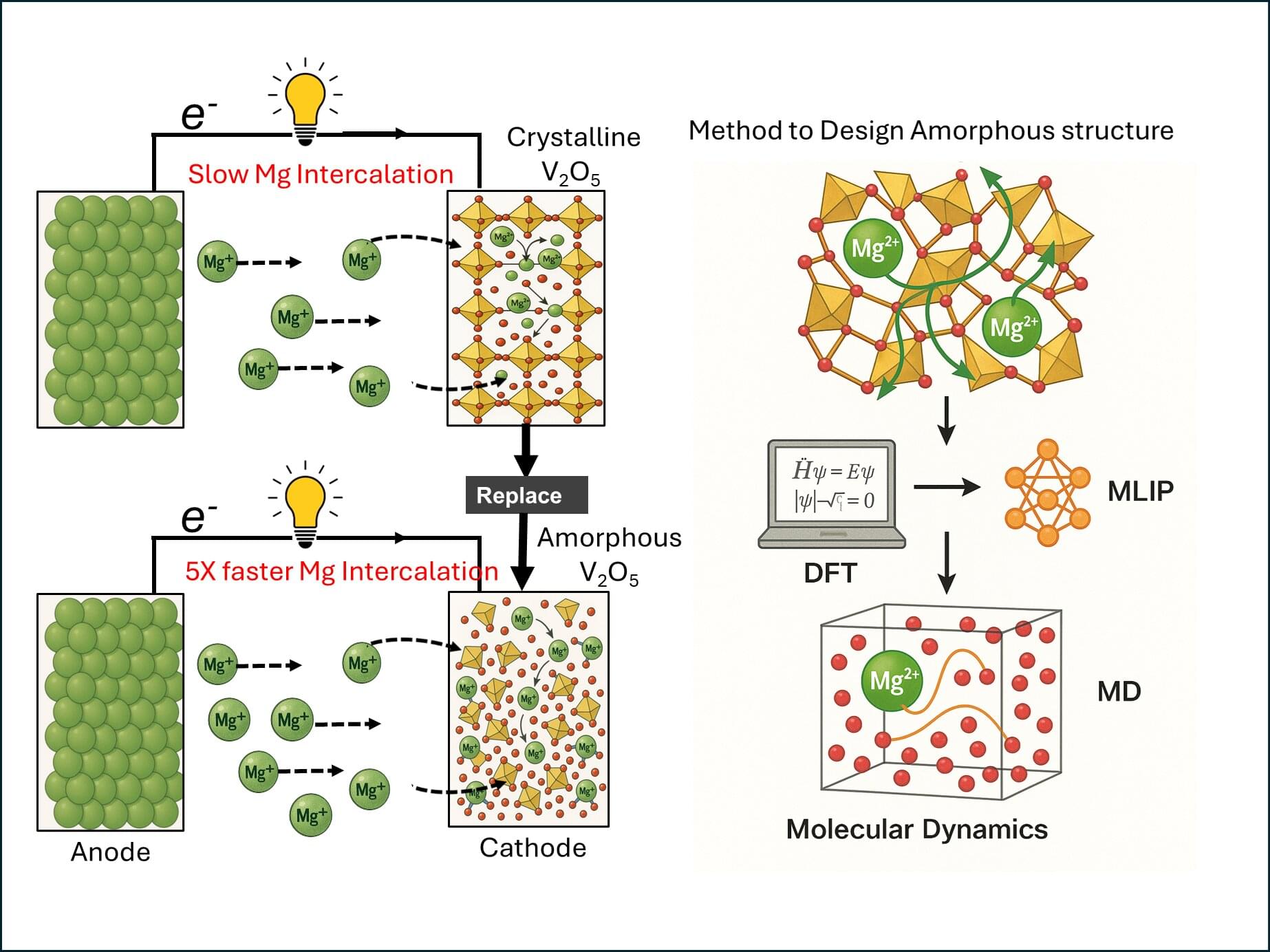
Lithium-ion batteries power most electronics, but they have limited energy density—they can store only a certain amount of energy per mass or volume of the battery.
“In order to store even more energy with the same mass or volume, you will have to explore alternative energy storage technologies,” says Sai Gautam Gopalakrishnan, Assistant Professor at the Department of Materials Engineering, IISc.
Gopalakrishnan and his team have studied how to boost the movement of ions in magnesium batteries, which can have a higher energy density.

In the near future, you may not need to touch a keypad to select a tip or pay for large purchases. All it may take is a swipe, tap or other quick gesture.
The innovation utilizes near-field communication (NFC), the short-range wireless technology embedded in smartphones, payment cards and terminals, passports and key fobs. UBC computer scientists say it could help prevent the spread of germs through touchpads, speed up transactions, and improve accessibility for users unable to press buttons.
Researchers debuted the technology in a paper at the User Interface Software and Technology conference.
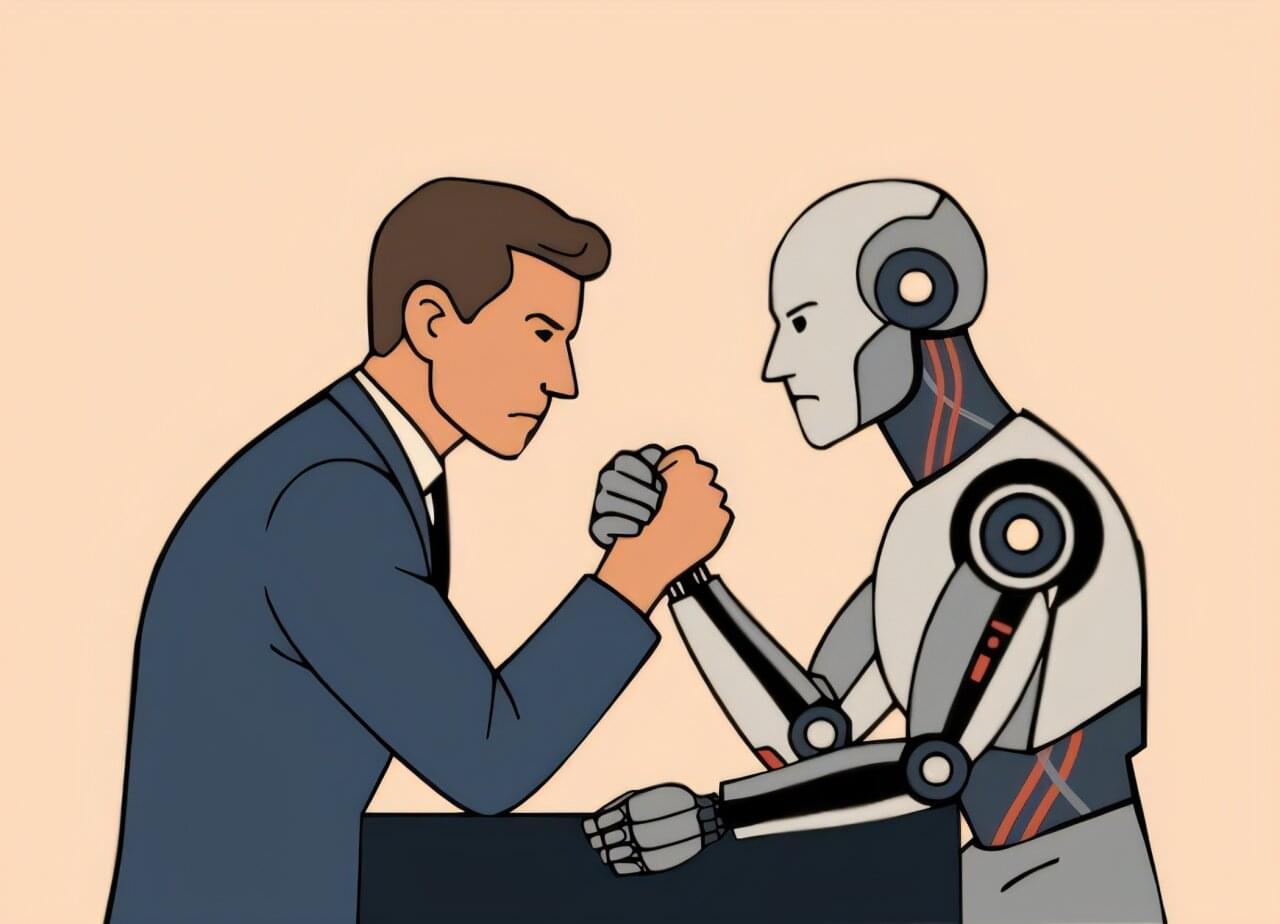
Are you worried that artificial intelligence and humans will go to war? AI experts are. In 2023, a group of elite thinkers signed onto the Center for AI Safety’s statement that “Mitigating the risk of extinction from AI should be a global priority alongside other societal-scale risks such as pandemics and nuclear war.”
In a survey published in 2024, 38% to 51% of top-tier AI researchers assigned a probability of at least 10% to the statement “advanced AI leading to outcomes as bad as human extinction.”
The worry is not about the Large Language Models (LLMs) of today, which are essentially huge autocomplete machines, but about Advanced General Intelligence (AGI)—still hypothetical long-term planning agents that can substitute for human labor across a wide range of society’s economic systems.

Young asteroids—which formed much later than those that were created during the formation of our solar system—are typically created when larger asteroids, planetesimals, or comets collide and break up into smaller pieces. These smaller pieces form “asteroid families” that share certain properties, like their semimajor axis, eccentricity, and inclination—all of which describe their orbital paths.
Scientists generally describe young asteroid families as being less than around 10–15 million years old and consisting of at least three members. New research, published in the journal Icarus, just revealed 63 newly discovered young asteroid families less than around 10 million years old. While many of these young families are likely to exist in our solar system, only 43 had been previously documented. The new study used a five-dimensional Hierarchical Clustering Method (HCM) with a catalog of 1.25 million asteroid orbits, which enabled the team to bring the total number of known young asteroid families to 106.
The team searched for clustering in proper orbital elements (semimajor axis, eccentricity, inclination, nodal and perihelion longitudes) at various times in the past 10 million years to find groups with similar elements.